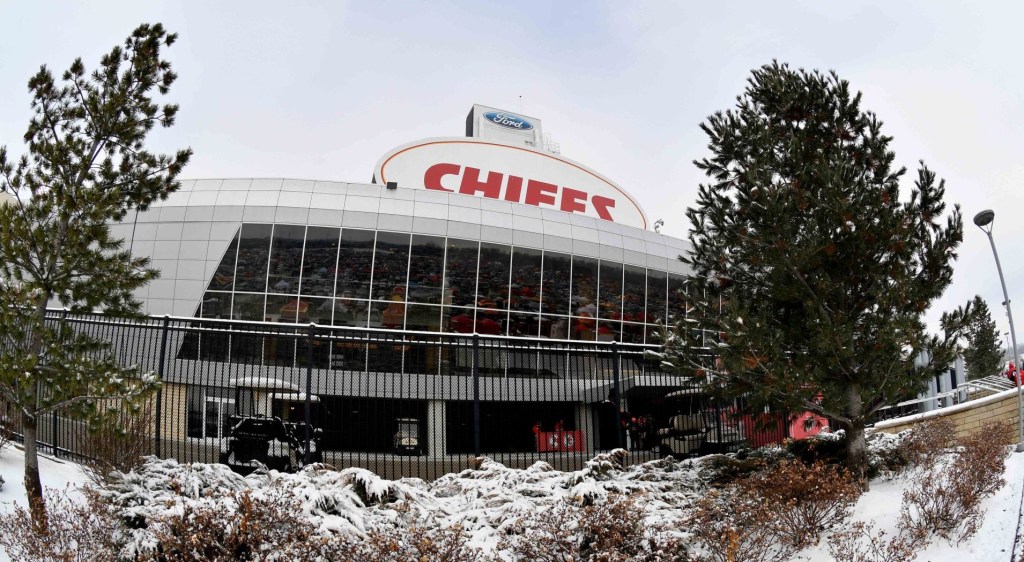The Arizona Coyotes will call Arizona State University home for at least the next three seasons.
Minutes after Front Office Sports reported the deal was done, the Coyotes made the official announcement Thursday. Earlier in the day, the Arizona Board of Regents approved the agreement to share the 5,000-seat arena slated to open in the coming months.
The Coyotes were in search of a new arena to call home after the city of Glendale notified the franchise in August that it would not renew the lease over alleged unpaid financial obligations.
“This will be an incredible, intimate and exciting fan experience in a state-of-the-art new arena in a fantastic location in the heart of Tempe,” Coyotes President & CEO Xavier A. Gutierrez said.
“We are very grateful to Dr. Crow, the ASU Administration, ASU Athletic Department, and the Arizona Board of Regents for agreeing to provide us with this temporary arena solution for our team as we continue our efforts to secure a long-term home for the Coyotes in the Valley.”
The ASU arena will serve as the Coyotes home as team owner Alex Meruelo works to get a new arena built elsewhere in Tempe. The $1.7 billion arena proposal — which will require about $200 million in public funding — was unveiled in September.
The project needs approval from the Tempe City Council.
Under the deal, the Coyotes would play at ASU from 2022-25 seasons. There’s an option for the 2025-26 season.
Before last weekend’s NHL All-Star Game, Commissioner Gary Bettman was more than just open to the idea for the Coyotes to call a smaller arena home and it added it may not have a negative impact on team revenues.
“We’re not sure they’re going to be a material difference between their revenues at ASU than where they’re at a level at Glendale,” Bettman said. “In fact, under one projection we’ve done, we think they may do better.”
In a statement on Thursday, Bettman thanked ASU “for its support of the Coyotes during this transition period and for what will be just its latest major commitment to growing our game in the Valley.”
















